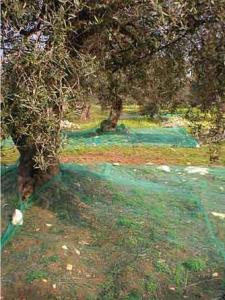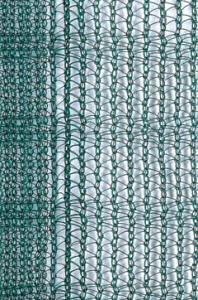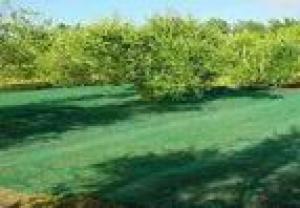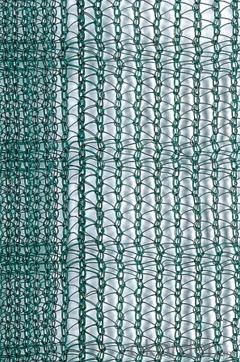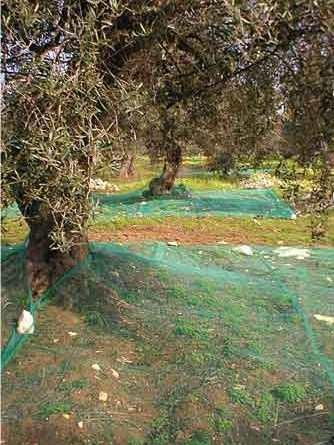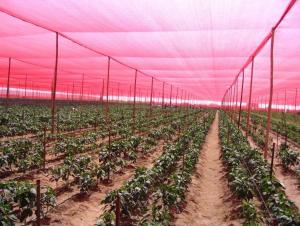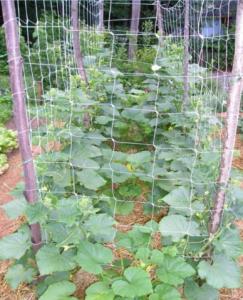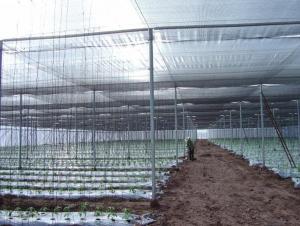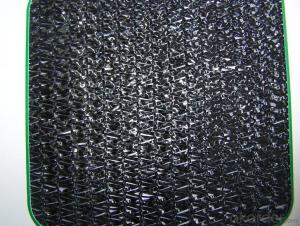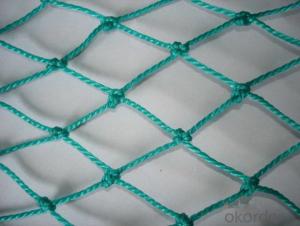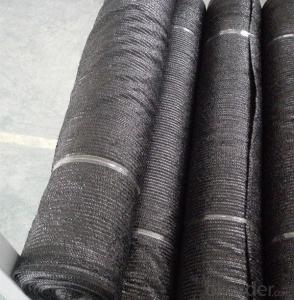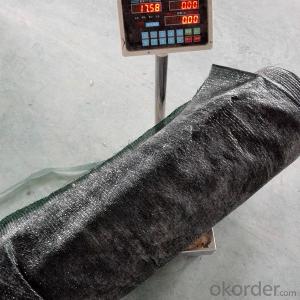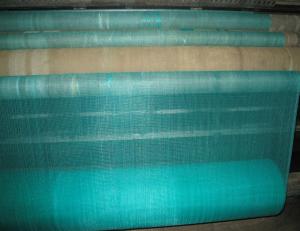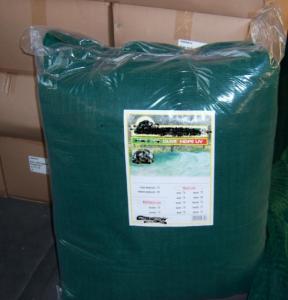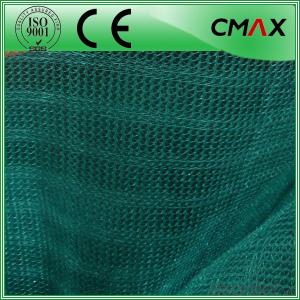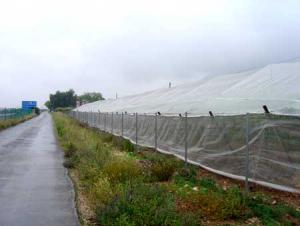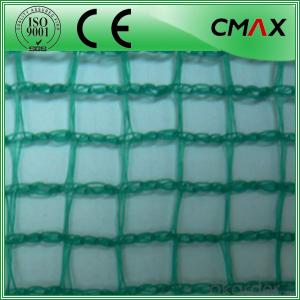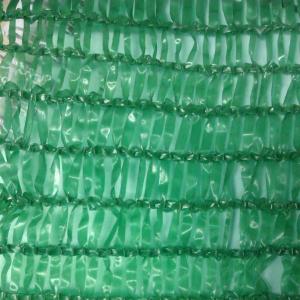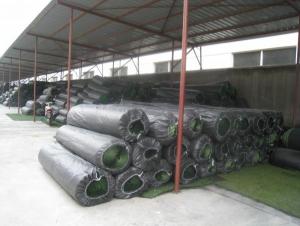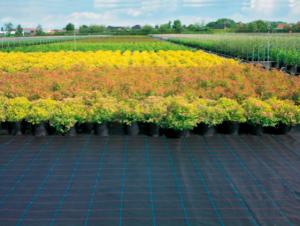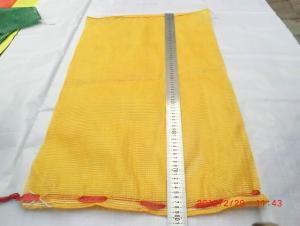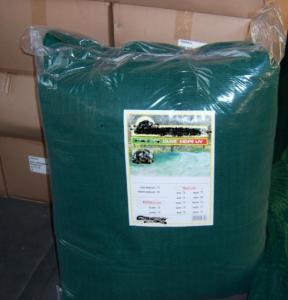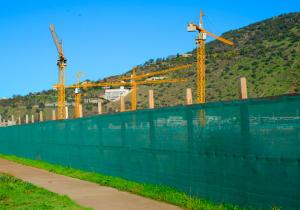Olive Net-85G
- Loading Port:
- China Main Port
- Payment Terms:
- TT or L/C
- Min Order Qty:
- N/A m²
- Supply Capability:
- 300T per month m²/month
OKorder Service Pledge
OKorder Financial Service
You Might Also Like
Olive Net for Harvest -85G
Olive Net - 85G:
It is weaved by High-density polyethylene (HDPE) UV stabilized mono filament, and is ideal for making panels for olive-harvest.
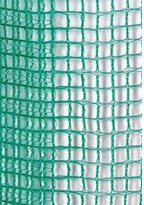
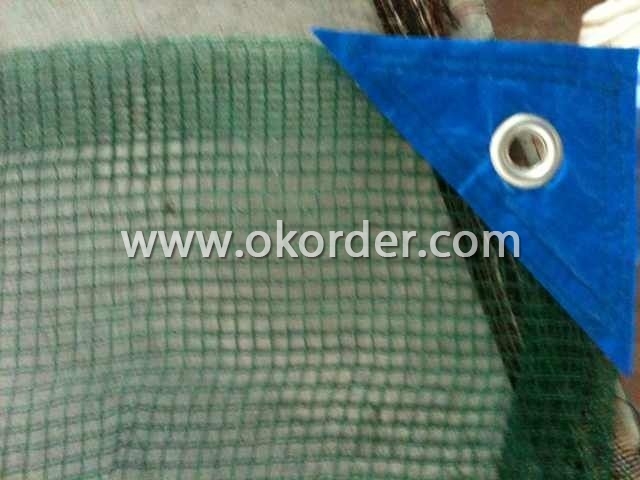
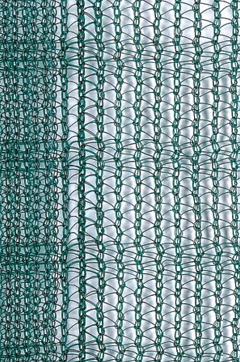
Specifications of Olive Net 85G:
Material base fabric | Fabric Weight | Uv. Content | Temperature range |
HDPE | 33gsm up to 92gsm Standard weight: 33gsm, 35gsm, 65gsm, 92gsm | 0.3% or 0.5% | -40 ~ +80oC |
Width: 1m, 1.5m, 2m, 3m, 4m, 5m, 6m
Length: 20m, 50m, 100m
Color: Black, Green, Dark Green
Minimum life length: 4 years, under normal weather conditions and use.
Usage of Olive Net 85G:
- Avoiding almost completely the contact between fruit and soil.
- Providing precious help for preserving a very low rate of acidity at the total advantage of final product.
- Waterproof, in case of rain or snow doesn’t absorb water.
Packing of Olive Net 85G: rolls on cardboard tubes & wrapped in plastic.
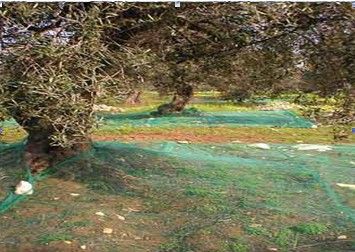
- Q: Can plastic nets be used for packaging electronic gadgets?
- Yes, plastic nets can be used for packaging electronic gadgets. They provide a protective barrier that prevents damage during transportation and storage while allowing visibility and breathability.
- Q: Can plastic nets be used for beekeeping purposes?
- Yes, plastic nets can be used for beekeeping purposes. They can be employed as protective barriers or screens to prevent bees from escaping or to keep predators away from the hives. Additionally, plastic nets can also be used to cover beehives during transportation or to enable ventilation while protecting the bees.
- Q: How do plastic nets compare to natural fiber nets?
- Plastic nets are generally more durable and resistant to decay compared to natural fiber nets. They are also more affordable and easier to clean. However, natural fiber nets are biodegradable and have less impact on the environment. Ultimately, the choice between the two depends on the specific requirements and priorities of the user.
- Q: How do plastic nets affect waste management?
- Plastic nets can have both positive and negative impacts on waste management. On one hand, plastic nets can be used as a tool to efficiently collect and contain waste, making it easier to transport and dispose of. They can be used in waste bins, dumpsters, or even in larger waste collection systems such as landfills or incinerators. This helps in preventing littering and keeping the surrounding environment clean. However, plastic nets can also contribute to waste management challenges. Improper disposal or irresponsible use of plastic nets can result in them getting entangled in recycling machinery or becoming a source of plastic pollution. If not disposed of properly, these nets can end up in oceans or landfills, taking hundreds of years to decompose and causing harm to wildlife and ecosystems. Therefore, it is essential to consider the proper use and disposal of plastic nets, and explore alternative materials or recycling options to minimize their negative impact on waste management.
- Q: How do plastic nets help in protecting young plants from pests?
- Plastic nets act as a physical barrier that prevents pests from accessing young plants, thus protecting them from potential damage or infestation.
- Q: Can plastic nets be used for packaging textiles?
- Yes, plastic nets can be used for packaging textiles. They provide protection and support, allowing for efficient storage and transportation of textile products. Additionally, they can offer visibility and breathability, ensuring the quality and freshness of the textiles.
- Q: How do plastic nets help in preventing bird damage to antennas?
- Plastic nets act as a protective barrier around antennas, preventing birds from perching or nesting on them. This helps to minimize bird damage to the antennas and ensures their proper functioning by keeping them clear of any bird-related obstruction.
- Q: How do plastic nets protect crops?
- Plastic nets protect crops by acting as a physical barrier that prevents pests, insects, birds, and other animals from damaging or consuming the crops. Additionally, they shield the crops from harsh weather conditions like strong winds, heavy rain, and excessive sunlight. This helps in maintaining the overall health and quality of the crops, leading to higher yields and better agricultural productivity.
- Q: How do plastic nets perform in extreme weather conditions?
- Plastic nets generally perform well in extreme weather conditions due to their durability and resistance to moisture and temperature fluctuations. They are designed to withstand harsh conditions such as high winds, heavy rain, and intense sunlight, making them suitable for various outdoor applications. However, prolonged exposure to extreme weather can still affect their longevity, so regular maintenance and inspection are recommended.
- Q: Can plastic nets be used for filtration purposes?
- Yes, plastic nets can be used for filtration purposes. They are often used to remove larger particles or debris from liquids or gases, allowing for cleaner and purer substances. Plastic nets offer durability, flexibility, and resistance to corrosion, making them suitable for various filtration applications.
1. Manufacturer Overview
| Location | Zhejiang, China |
| Year Established | 1995 |
| Annual Output Value | Below US$1 Million |
| Main Markets | 50% CHINA , 50% OVERSEA |
| Company Certifications | ISO9001:2000 |
2. Manufacturer Certificates
| a) Certification Name | |
| Range | |
| Reference | |
| Validity Period |
3. Manufacturer Capability
| a) Trade Capacity | |
| Nearest Port | Ningbo, China |
| Export Percentage | 1% - 10% |
| No.of Employees in Trade Department | 3 |
| Language Spoken: | English; Chinese |
| b) Factory Information | |
| Factory Size: | Above 100,000 square meters |
| No. of Production Lines | Above 10 |
| Contract Manufacturing | OEM Service Offered; Design Service Offered |
| Product Price Range | High; Average |
Send your message to us
Olive Net-85G
- Loading Port:
- China Main Port
- Payment Terms:
- TT or L/C
- Min Order Qty:
- N/A m²
- Supply Capability:
- 300T per month m²/month
OKorder Service Pledge
OKorder Financial Service
Similar products
Hot products
Hot Searches
Related keywords
